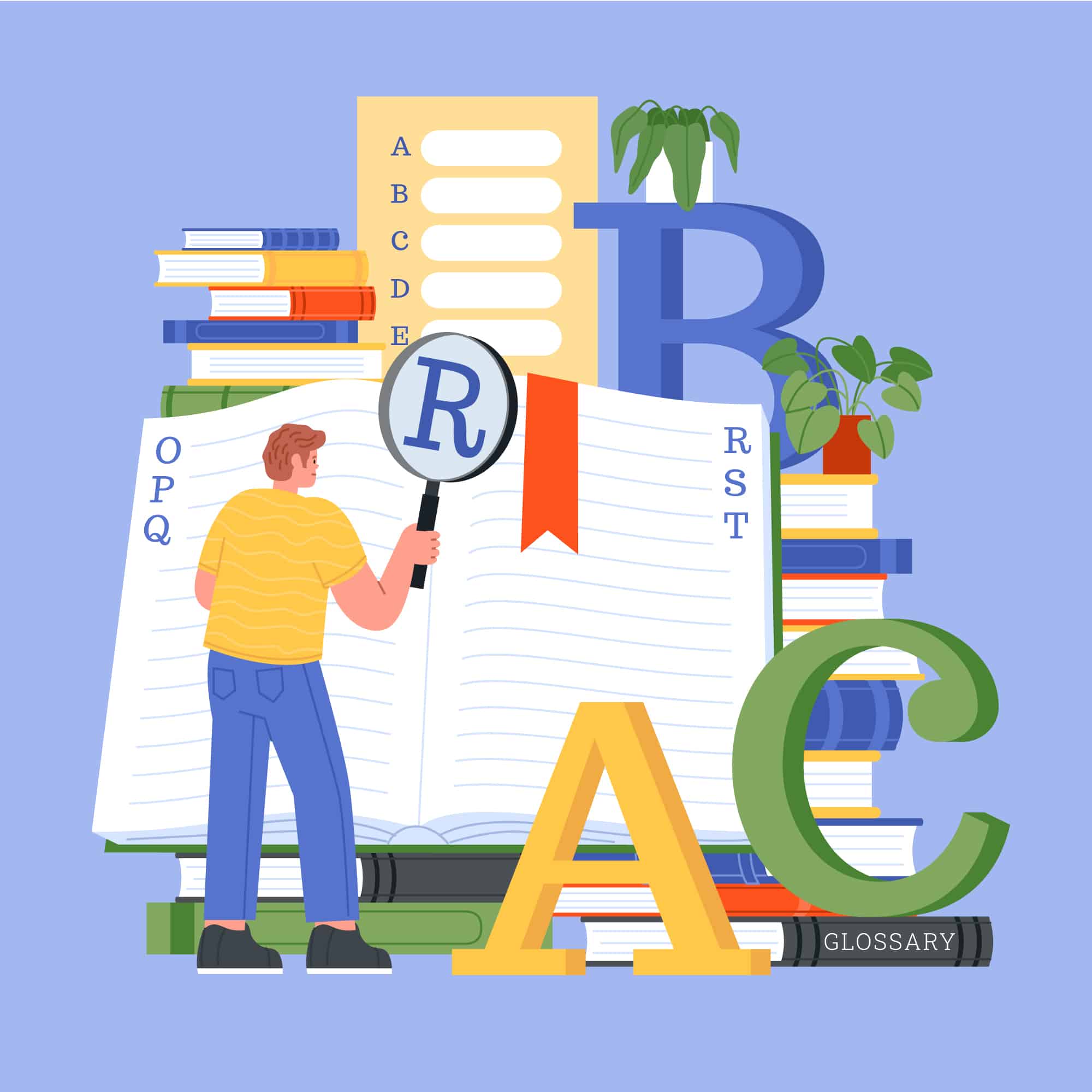Table of Contents [hide]
Unraveling the mysteries of educational acronyms can sometimes feel like cracking a secret code. But fear not, because today we are diving headfirst into understanding the meaning behind one such abbreviation – DBQ! So, what exactly does DBQ stand for? Well, my curious reader, DBQ stands for Document-Based Questions and is a crucial component of various exams and assessments. Whether you’re a student preparing for an upcoming test or simply someone looking to expand their knowledge, this blog post will be your guide in decoding the purpose and approach of these intriguing DBQs. Get ready to unlock the secrets within those documents as we embark on this enlightening journey together!
What is the DBQ?
What is the DBQ? Let’s start by understanding the essence of this acronym. DBQ, or Document-Based Questions, are not just your run-of-the-mill multiple-choice questions. Oh no! They are a whole different ballgame. DBQs require you to analyze and interpret various historical documents to form a cohesive argument or response.
These intriguing inquiries are commonly found in history and social science exams, challenging students to demonstrate their critical thinking skills and historical knowledge. By examining primary and secondary sources such as letters, maps, speeches, articles, photographs – you name it! – students gain valuable insights into specific historical events or periods.
But here’s the kicker: DBQs aren’t merely about regurgitating facts; they demand an in-depth understanding of context, cause-and-effect relationships, biases, and differing perspectives. It’s like being transported back in time as you dissect each document for its hidden meanings and implications.
The Purpose of the DBQ
When it comes to understanding history, it’s not enough to simply memorize dates and events. The Document-Based Question (DBQ) offers a unique approach that challenges students to analyze primary sources, think critically, and develop their own interpretations. So what is the purpose of the DBQ?
First and foremost, the DBQ aims to cultivate historical thinking skills. By engaging with various documents from different perspectives, students are encouraged to evaluate evidence, consider bias and point of view, and construct well-supported arguments.
Additionally, the DBQ fosters analytical writing abilities. Students must not only understand the content of each document but also synthesize information across multiple sources in order to form a cohesive essay response. This process encourages them to organize their thoughts effectively and communicate complex ideas clearly.
Moreover, through grappling with historical documents in a structured manner, students gain insights into how historians work. They begin to grasp that historical narratives are constructed based on interpretation of available evidence rather than objective truth.
Mastering the DBQ prepares students for real-world applications beyond just history class. It equips them with critical thinking skills necessary for success in college courses as well as future careers where research analysis is valued.
The Approach to the DBQ
To successfully tackle a Document-Based Question (DBQ), you need a solid approach that allows you to efficiently analyze and interpret the provided documents. Here are some key steps to help guide your approach:
1. Read and Understand: Begin by carefully reading the prompt and all accompanying documents. Take note of any important dates, names, or events mentioned. This initial step is crucial for gaining a clear understanding of what you’re being asked.
2. Analyze the Documents: Once you’ve read through all the documents, it’s time to analyze them individually. Look for patterns, themes, and main ideas within each document. Highlight or take notes on significant details that support your overall understanding.
3. Compare and Contrast: After analyzing each document separately, start making connections between them. Identify similarities and differences in perspective or information presented across the documents.
4. Contextualize: Consider the historical context surrounding the topic at hand as well as any possible biases present in the sources themselves. Understanding this broader context will enhance your analysis and interpretation.
5. Refer back to Prompt: Throughout your analysis of individual documents, always keep referring back to the original prompt/question posed at the beginning. This helps ensure that your response remains focused on addressing everything asked in an organized manner.
6. Organize Your Thoughts: Before diving into writing your essay response, take a moment to organize your thoughts using an outline or graphic organizer.
This will provide structure for your essay while allowing you to clearly articulate your arguments throughout.
Remember, mastering how to approach a DBQ takes practice! The more familiarized you become with analyzing primary sources and crafting coherent responses, the more confident you’ll be when tackling future DBQs.
Also read: How Does Education Vary Across The World?
Types of Documents in the DBQ
When tackling a Document-Based Question (DBQ), it’s crucial to familiarize yourself with the various types of documents you may encounter. These documents can include letters, diaries, speeches, newspaper articles, photographs, maps, and even government reports. Each document offers a unique perspective on the topic at hand and serves as evidence for your essay.
Letters and diaries provide personal accounts that offer insight into individuals’ thoughts and experiences during a particular time period. By analyzing these intimate writings, you can gain a deeper understanding of people’s emotions and motivations.
Speeches are another type of document commonly found in DBQs. They allow you to explore the rhetoric used by important figures or leaders within society. Pay attention to the language employed and any persuasive techniques utilized to sway public opinion.
Newspaper articles serve as valuable primary sources that capture public sentiment at a given moment in history. These pieces often reflect prevailing attitudes or biases prevalent during specific events or periods.
Photographs provide visual evidence that can evoke powerful emotions. Be sure to analyze elements such as composition, subject matter, lighting, and context when examining these visual documents.
Maps are essential for understanding geographical contexts and how they relate to historical events. Analyzing maps allows you to identify key locations relevant to your topic while considering their impact on historical developments.
Government reports offer an official perspective on various issues. These documents often contain statistical data or policy recommendations that shed light on political decisions made during specific eras.
By being aware of the different types of documents found in DBQs, you will be better equipped to analyze them effectively in order to construct well-supported arguments in your essay response!
How to Read and Analyze the Documents
Reading and analyzing the documents is a crucial step in tackling a Document-Based Question (DBQ). Here are some helpful tips to guide you through this process.
Take a moment to carefully read each document. Pay attention to both the content and the context of the document. Look for key information such as dates, names, events, or any other details that can provide insight into the historical period being discussed.
Next, analyze each document individually. Consider its authorship and purpose. Who wrote it? Why was it written? Understanding these factors will help you evaluate any potential biases or motivations behind the document’s creation.
As you move from one document to another, look for connections and patterns between them. Are there any similarities or differences in their perspectives? Do they support or contradict one another? By identifying these relationships, you can develop a more nuanced understanding of the topic at hand.
Additionally, pay attention to any primary source material within the documents themselves. Quotes or excerpts from other sources can provide valuable evidence for your analysis.
Remember that reading and analyzing documents should be an active process. Take notes as you go along – jot down key points or observations that stand out to you. These notes will come in handy when crafting your DBQ essay later on.
By approaching each document with curiosity and critical thinking skills, you’ll be able to uncover hidden insights and fully engage with the material at hand. So dive into those documents – they hold countless stories waiting to be discovered!
How to Write the DBQ Essay
Writing a Document-Based Question (DBQ) essay can be challenging, but with the right approach, you can excel. Here are some tips to help you navigate through this writing task.
Carefully read and understand the prompt. Pay attention to key words or phrases that will guide your analysis. This will ensure that you stay focused on what the question is asking.
Next, examine each document provided in the DBQ. Take note of any biases or perspectives presented by the authors. Look for patterns or connections between documents as well.
As you analyze the documents, brainstorm your thesis statement. This statement should provide a clear and concise argument that addresses all aspects of the prompt. A strong thesis sets the foundation for a well-structured essay.
When organizing your body paragraphs, consider grouping documents based on themes or similarities. Each paragraph should focus on one main idea supported by evidence from multiple sources.
Remember to cite specific examples from the documents in your essay. Incorporate direct quotes or paraphrases to demonstrate your understanding of their content and relevance to your argument.
Wrap up your essay with a strong conclusion that reinforces your thesis and summarizes key points without being repetitive or redundant.
By following these steps and practicing effective time management during exams, you’ll become more confident in tackling DBQ essays and achieving success!
Read Also : How to use ChatGPT for your IB Extended Essay?
Conclusion
In this article, we have explored the meaning and significance of DBQs, or Document-Based Questions. We have seen that a DBQ is an assessment format commonly used in history and social studies classes to gauge students’ analytical skills and understanding of historical events.
The purpose of a DBQ is not only to test factual knowledge but also to evaluate students’ ability to analyze primary source documents, draw connections between them, and construct coherent arguments based on evidence. By engaging with these complex questions, students develop critical thinking abilities that are crucial for academic success and beyond.
When approaching a DBQ, it is important to follow a systematic approach. Start by carefully reading and analyzing the provided documents. Take note of key details such as authorship, context, main ideas, biases, and potential limitations. Use this information as building blocks for your essay.
There are various types of documents you may encounter in a DBQ including letters, speeches, maps, photographs, political cartoons, statistics tables among others. Each document offers unique insights into the historical topic at hand. Remember to consider both the content within each document as well as how they relate to one another.
When writing your DBQ essay response make sure you clearly state your thesis statement which should directly address the prompt question while considering all relevant perspectives presented in the documents. Support your argument using specific evidence from the provided sources while demonstrating your ability to critically analyze their reliability and relevance.
In conclusion (without saying “in conclusion”), mastering the art of tackling Document-Based Questions can significantly enhance your historical analysis skills leading towards becoming an effective historian or social scientist in any field you pursue! Embrace every opportunity you get to work on DBQs because they truly unlock doors for deeper understanding! So immerse yourself in primary sources; decode their meaning; connect them like pieces of a puzzle; express yourself through well-reasoned essays – become a master at decoding those enigmatic challenges known as DBQs!







